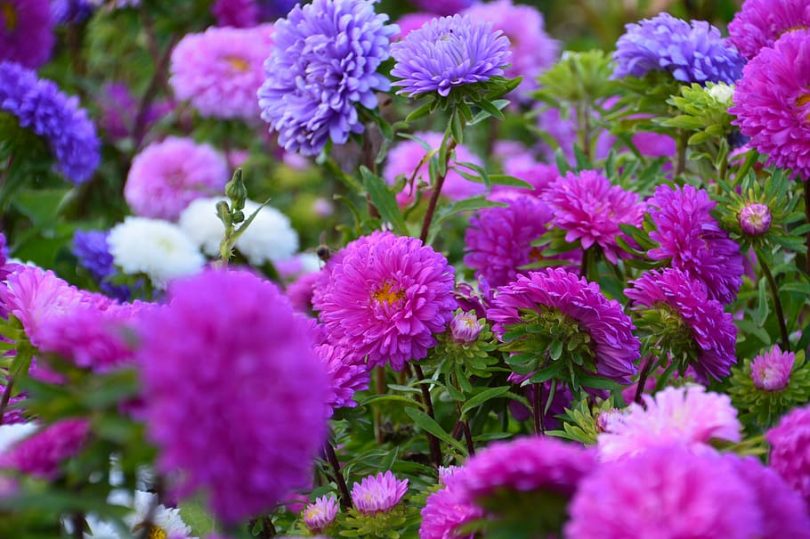Understand the different varieties of lavender, how to grow it indoors and out, and learn about
its uses in crafts, cooking, aromatherapy, and decorating.
Lavender is a favorite for its scent, attractive flowering habit, and its ‘lucky’ reputation. It is a hardy perennial that has many uses in crafts, aromatherapy, cooking and decorating. Lavender planted in your garden is a natural pest deterrent, discouraging fleas and flies, and it is available in a number of different colors, from white and blue, to yellow.
Growing Lavender
An easy plant to grow, lavender can be kept both indoors and out. It likes a sunny location, sandy soil, and the addition of some lime to its growing medium. Preferring good air circulation, give lavender growing room, but keep it in a spot that is sheltered from the wind. For most varieties, plant seedlings two feet apart in the spring.
Considerations For Growing Lavender Indoors
French lavender is the best choice for indoor or container gardening. Preferring to dry out a little between waterings, provide it with a good potting mix to which sand and lime have been added, and don’t crowd it or place it in a spot where it won’t get good airflow. If possible, refresh it seasonally by putting it out in a sunny, sheltered location for a couple of weeks in late spring.
Types of Lavender
There are three basic varieties of lavender, although within these varieties there are many variations to choose from:
English Lavender (Lavendula angustifolia)
By far the most popular of the three, English Lavender is hardy from zones 5 – 11, grows to a height of two to three feet, and is the variety most often used for crafts and cooking.
French Lavender (Lavendula dententa)
Distinctive for its serrated leaves, French lavender is less fragrant than its English or Spanish counterparts. Growing to a height of three feet, it is hardy from zones 8 – 11.
Spanish Lavender (Lavendula stoechus)
Prized for its fragrance, Spanish lavender is distinctive for its cone shaped flowers. It is the variety most often used in perfume production and is hardy from zones 8 – 11. It is well suited for more humid climates.
Lavender Aromatherapy (Why Lavender Aromatherapy Helps you Relax)
One of the safest aromatherapy oils to use, lavender has a calming effect that can help reduce tension and sleeplessness.
Dr. Wendell L. Combest, Associate Professor of Pharmacology at Shenandoah University School of Pharmacy in Winchester, VA, in a discussion of alternative therapies suggests that two ingredients in lavender essential oil, linalyl acetate, and linalool, produce sedative and narcotic effects by altering an inhibitory neurotransmitter, gamma-aminobutyric. This is good news if you have trouble relaxing or getting to sleep at night.
Lavender in Crafts and Décor
Lavender is a common ingredient in perfumes, skin care preparations, shampoos, and cosmetics. Crafters use the flowers, oil, and stems to make sachets, soap, candles, wreaths, bath salts, facial scrubs, and wands; and cooks blend it for the celebrated herbs de Provence. A natural antibacterial, lavender is a good ingredient in homemade cleaners and disinfectants.
The History of Lavender
Distributed throughout the known world by the Romans, lavender originated in the Mediterranean. Favored as an herb for bathing, the word lavender comes from the Latin, lavare, “to wash.” Historically a talisman against the evil eye, lavender was used in mid-summer celebrations to bring good fortune.
Lavender can help keep your home clean and sweet-smelling, it will repell bugs from your garden, and, if you’re superstitious, keep evil from your door. All of that, and It’s easy to grow, too.
The copyright of the article How to Grow Lavender in Perennial Plants is owned by S. Elliott. Permission to republish How to Grow Lavender in print or online must be granted by the author in writing.
